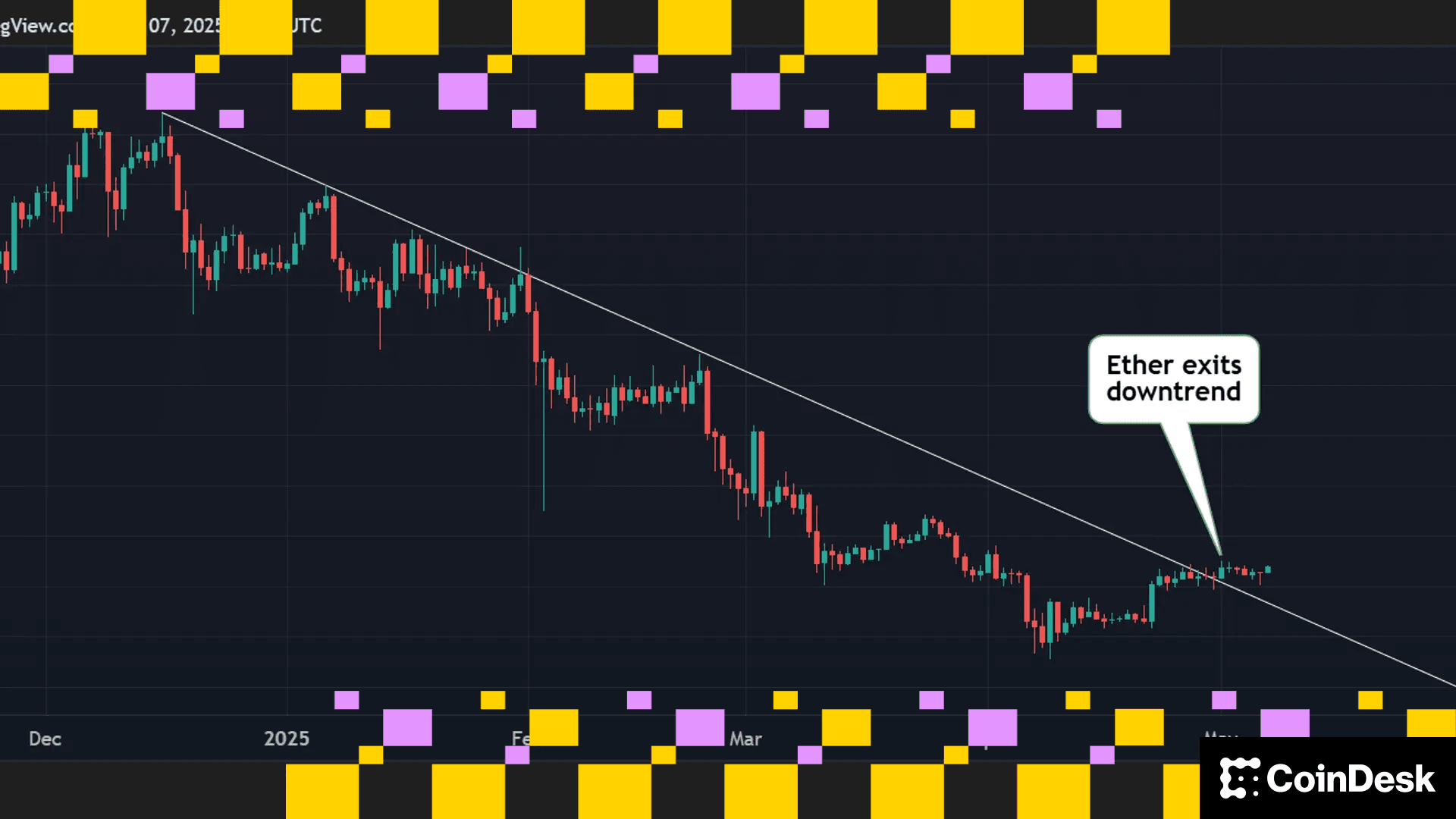Crypto Exchange WazirX to Delist USDC in Boost for Binance's Stablecoin
WazirX will automatically convert customer holdings into BUSD in an effort to boost the value of Binance's stablecoin.

WazirX is delisting stablecoins USDC, USDP and TUSD on Sept. 26. The Indian crypto exchange has also stopped taking deposits, according to a blog post Monday.
WazirX said withdrawals of those three stablecoins can occur until Sept. 23. The exchange will automatically convert those stablecoins in customer balances to Binance's BUSD stablecoin at a 1:1 ratio.
In August, Binance CEO Changpeng Zhao urged users of WazirX to transfer their funds to Binance after it was reported WazirX was being probed by Indian government agencies. Disagreements between Binance and WazirX also occurred at the time on the issue of whether or not Binance owns WazirX.
Read more: Binance, Issuer of Third-Biggest Stablecoin, to Stop Supporting Larger Rival USDC
Binance said earlier this month it was going to automatically move customers' funds to its Binance USD stablecoin from alternatives, including USDC. WazirX said the auto-conversion will occur on or before Oct. 5.
BUSD, while technically the third largest stablecoin by market cap, is not nearly as popular as top tokens USDC and USDT; most of the asset sits dormant on Binance's exchange. But Binance's efforts to boost BUSD at the expense of USDC are paying early dividends for its adoption. Since Binance announced the transition, BUSD daily transactions have increased by an average of 15%, according to data website Nansen.
UPDATE (9/19/22 12:00 EDT): Add context from Nansen.
More For You
Exchange Review - March 2025

CoinDesk Data's monthly Exchange Review captures the key developments within the cryptocurrency exchange market. The report includes analyses that relate to exchange volumes, crypto derivatives trading, market segmentation by fees, fiat trading, and more.
What to know:
Trading activity softened in March as market uncertainty grew amid escalating tariff tensions between the U.S. and global trading partners. Centralized exchanges recorded their lowest combined trading volume since October, declining 6.24% to $6.79tn. This marked the third consecutive monthly decline across both market segments, with spot trading volume falling 14.1% to $1.98tn and derivatives trading slipping 2.56% to $4.81tn.
- Trading Volumes Decline for Third Consecutive Month: Combined spot and derivatives trading volume on centralized exchanges fell by 6.24% to $6.79tn in March 2025, reaching the lowest level since October. Both spot and derivatives markets recorded their third consecutive monthly decline, falling 14.1% and 2.56% to $1.98tn and $4.81tn respectively.
- Institutional Crypto Trading Volume on CME Falls 23.5%: In March, total derivatives trading volume on the CME exchange fell by 23.5% to $175bn, the lowest monthly volume since October 2024. CME's market share among derivatives exchanges dropped from 4.63% to 3.64%, suggesting declining institutional interest amid current macroeconomic conditions.
- Bybit Spot Market Share Slides in March: Spot trading volume on Bybit fell by 52.1% to $81.1bn in March, coinciding with decreased trading activity following the hack of the exchange's cold wallets in February. Bybit's spot market share dropped from 7.35% to 4.10%, its lowest since July 2023.
More For You











